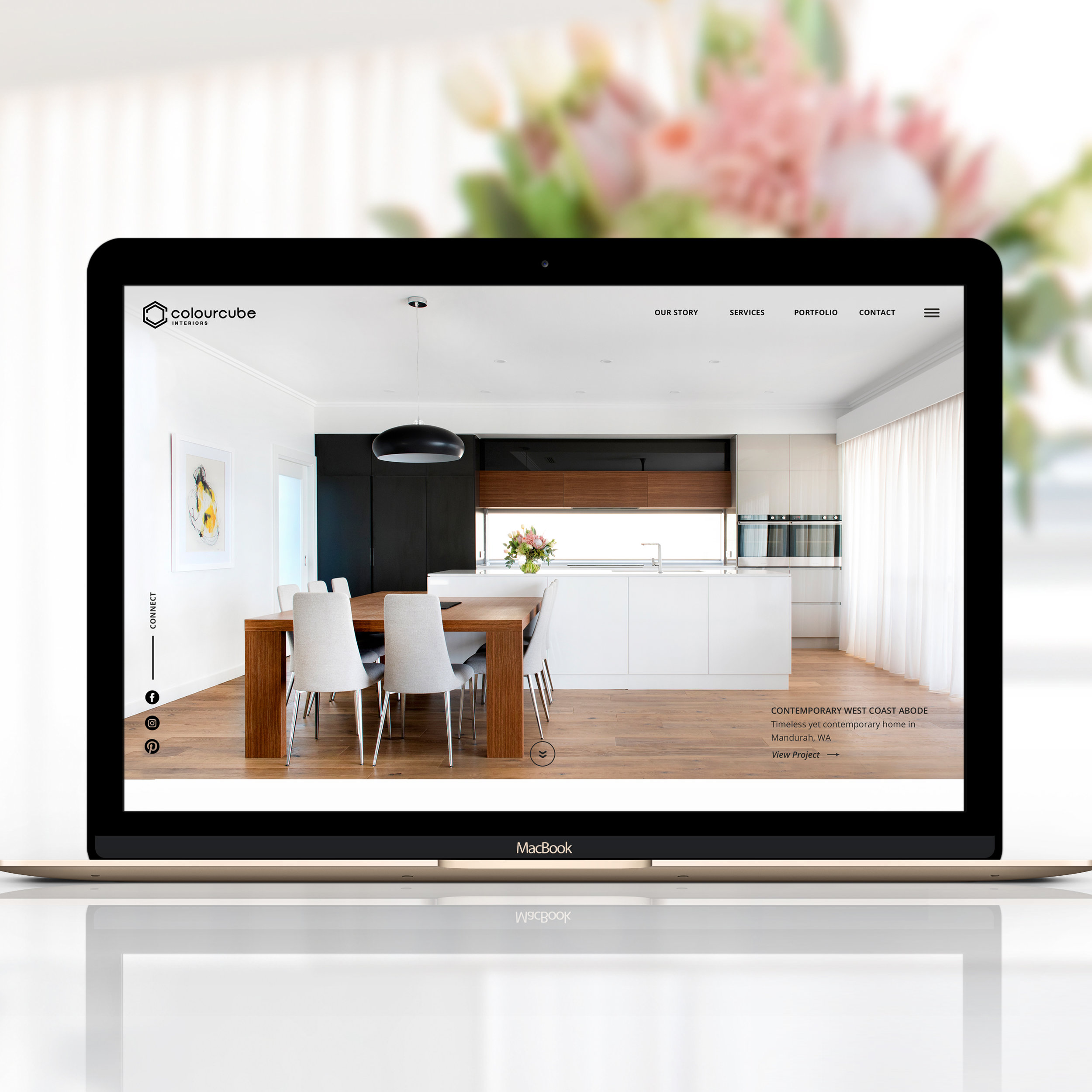How To Turn Your Blog Into A Profitable Business
There are two ways to blog: for fun, having your blog as a hobby, and for money, treating your blog as a business.
The fact that you’re blogging for fun doesn’t mean that you cannot make any money with your blog; and if you blog for money doesn’t mean that you cannot have fun blogging. The difference between having a blog as a hobby or as a business is that different rules apply to blogging depending on the main objective of your blog.
If you treat your blog as a business there are two major things that you need to consider:
1. Investment
Investment is a scary word for many of us; it means that you have to spend money out of your own pocket without knowing for sure whether you will get it back. It’s almost gambling. However, no business can work without investment and blogs are not an exception. To make money with your blog you have to spend money first.
But it’s not just money that you need to invest on your blog. Time is another important expense. If you treat your blog as a business you need to dedicate time for it, plus look after many other areas of your business.
Another important investment is expertise. When you run a business you won’t be able to do everything yourself. You will need to hire people with the right experience to help. You can also take courses to learn or improve different skills and save money in hiring help, but then again, you still need to invest money and time in getting that knowledge.
2. Profit
When you’re blogging for fun you don’t need to worry about audiences, statistics, advertising, client management, etc. When your blog is your business you need to worry about everything that can have an impact on your return on investment. Surely you won’t want to lose money you've invested in your blog, neither waste your time, so you need to focus on making your blog profitable.
I blogged for fun for over four years and three years ago I quit my day job to become a full-time blogger and make money with my blog. How did I manage to make my blog a way of living? Here is my checklist which I consider to be the essentials to turn your blog into a business.
1. Sell stuff
Your blog is a great promotion platform to sell your own products or services, not just to promote others. Define clearly what you sell through a ‘Hire me’ or ‘My services’ page on your blog, or have an online shop to sell your products. The majority of my income comes from selling design services and digital products in my online shop.
The money made blogging can come from direct and indirect resources:
- Selling advertising (Google AdSense, banners, affiliate programs, etc)
- Selling sponsorships (sponsored content)
- Selling knowledge (webinars, seminars, workshop, e-courses, etc)
- Selling services (design, consulting, etc)
- Selling physical or digital products (like ebooks, content subscription, etc)
- Selling expertise (books, speaking opportunities, media contributions, etc)
2. Allocate a budget to invest In your blog
As I said before to make money you have to spend money first. How much is up to you. I usually allocate a percentage of my total earnings during the previous month to promote my blog the following month. The more money I make the more I can invest the next month.
3. Set a marketing strategy
Identify who your potential (or ideal) client would be, and what they may find interesting, useful or inspiring in a blog. Write content for that specific client type and find the right channels to reach your audience (email subscriptions, social media posting, search engines, etc…) A marketing planner can help you set a clear strategy for your blog in an easy and effective way.
4. Hire help
You cannot be an expert in everything. Identify the areas of your blog where you need some help. They typically are design, marketing, accountability or legal advice.
5. Brand your blog
Find a way to differentiate yourself from everyone else in your market and create a brand that talks about what makes you unique. Design a blog consistent with your brand and organise all necessary stationary (like business cards, tax invoices or media kits). To do this you may need some help from a graphic and web designer.
6. Organise your finances
Invoice your clients and keep records of your expenses and earnings. To keep your finance under control you can use some free tools. I use Easy Books App and Grafika Studio Finance Planner.
Know your tax obligations for your country. You may need some help from a taxation accountant.
7. Create a client database
When you run a business it's important to look after your clients. For example, I make sure that everyone who has worked with me along the year gets a Christmas e-card in December. To keep records of your clients and their activities you can use free CRM software. I use Really Simple Systems to manage my client database.
8. Connect with your community
Whether they are clients, advertisers or other bloggers, staying connected with my community has been a key factor of my own success as a full-time blogger. The best way to be in touch with so many people and on a regular basis is through social media. Following people, blogs and brands, as well as participate in their conversations, has been a fantastic way to build relationships with my industry and to amplify my market.
9. Acquire relevant expertise
The more you learn to do by yourself the more you can save in hiring specialist help. For example, taking a basic course on web design will allow you to do simple updates in your blog template without having to hire a web developer for it.
10. Track results
To measure my business success I pay attention to two main aspects:
- Statistics – the more visits I have the better my blog becomes as an advertising platform for external brands. But also statistical information helps me to understand my audience, refine my marketing strategy and improve my blog performance.
- Return on investment (ROI) - that is the money that I make minus the money I spend.

















The revamping of the Oh Flossy play make-up boxes came with a clear brief to create attractive and engaging packaging designs to capture the attention of children as well as their parents. The project goals were well-defined and the result would delight customers and pour great reviews.